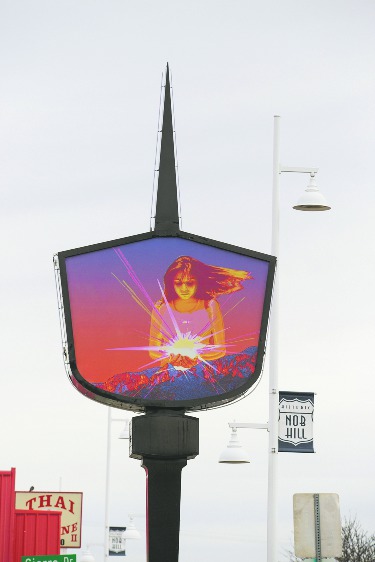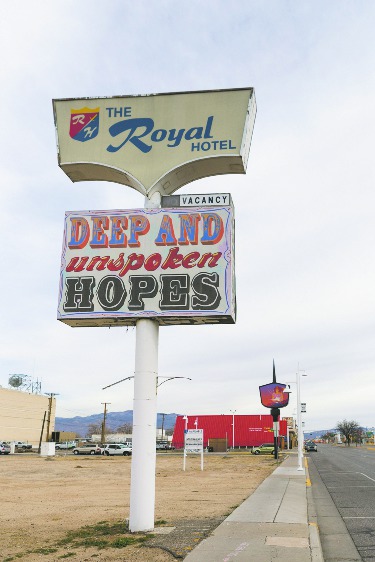Culture Shock: Substance In Decay
Friends Of The Orphan Signs Re-Imagine The Abandoned Along Route 66


Current work on Central created through the Highland Project
Eric Williams Photography









